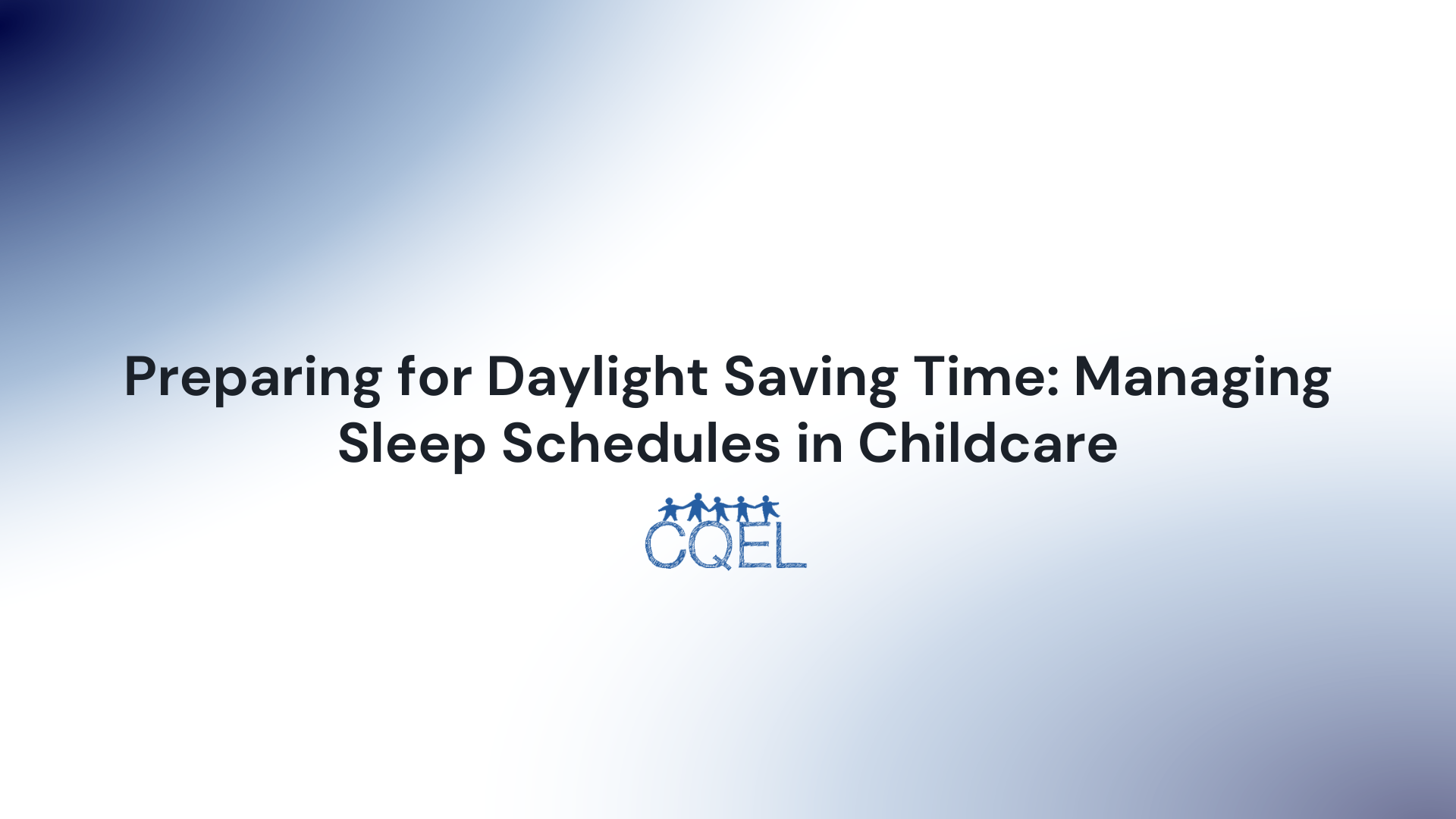Preparing for Daylight Saving Time: Managing Sleep Schedules in Childcare
As a childcare provider, it is important to understand the impact of this transition on children and implement strategies to help manage their sleep schedules.

Daylight Saving Time (DST) is a practice of setting the clock ahead by one hour during the warmer part of the year to make better use of natural daylight in the evenings. While the extra daylight is often welcomed, the transition can be particularly challenging for young children sensitive to sleep schedule changes. As a childcare provider, it is important to understand this transition's impact on children and implement strategies to help manage their sleep schedules. This article will discuss the effects of Daylight Saving Time on sleep, provide tips for managing sleep schedules in childcare, and suggest resources for further information.
Understanding the Effects of Daylight Saving Time on Sleep
The start of Daylight Saving Time in the spring means one less hour of sleep, which can lead to what is essentially a mild form of jet lag. This can result in children feeling more tired and irritable, and can affect their attention, behavior, and learning. According to the American Academy of Sleep Medicine, it can take about one week for our bodies to adjust to the time change. It is important to be aware of these effects and to be prepared to offer extra support and patience to the children in your care during this transition.
Preparing for the Transition
Preparation for the transition to daylight saving time should start about a week before the clock changes. Gradually adjusting bedtime and wake-up time by 10-15 minutes each day can help children’s internal clocks adjust more gradually to the time change. For example, if a child usually goes to bed at 8:00 PM, you could move bedtime to 7:45 PM four days before the time change and then to 7:30 PM two days before the time change. The National Sleep Foundation offers more tips on adjusting sleep schedules for Daylight Saving Time.
Managing Sleep Schedules in Childcare
During the transition to Daylight Saving Time, it is important to maintain a consistent and calming bedtime routine to help signal to children that it is time for sleep. This could include activities such as reading a book, taking a bath, and dimming the lights. Be mindful of the sleep environment and make sure it is conducive to sleep. A cool, dark, and quiet room is ideal. Additionally, be aware that children may need more naps or longer naps during this time. Be flexible and responsive to their needs. The Zero to Three organization provides more information on sleep routines and creating a conducive sleep environment for young children.
Supporting Parents and Guardians
Parents and guardians play a crucial role in helping children adjust to the change in time. Share tips and resources with them on managing sleep schedules and encourage them to start preparing for the transition a week in advance. Additionally, communicate with parents and guardians about any changes you observe in their child’s behavior, mood, or sleep patterns during the transition. Working together can help ensure a smoother transition for the child.
The transition to Daylight Saving Time can be challenging for young children, but with preparation and support, it is possible to manage their sleep schedules effectively. By gradually adjusting bedtime and wake-up time, maintaining a consistent and calming bedtime routine, creating a conducive sleep environment, being flexible and responsive to children’s needs, and working with parents and guardians, you can help ensure a smoother transition for the children in your care.
